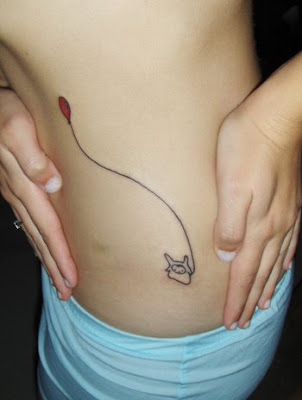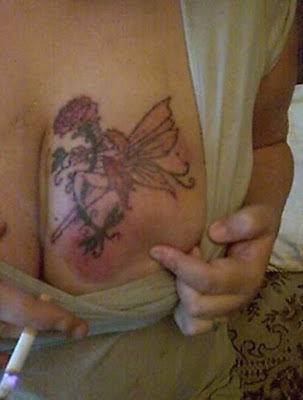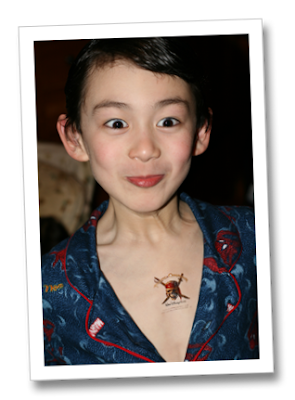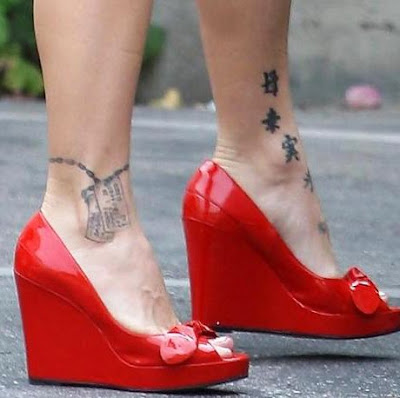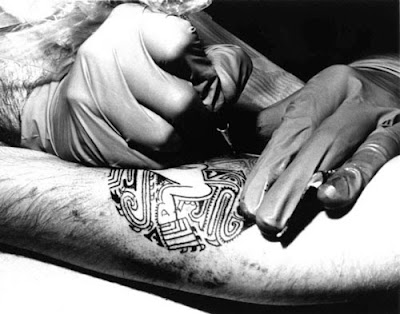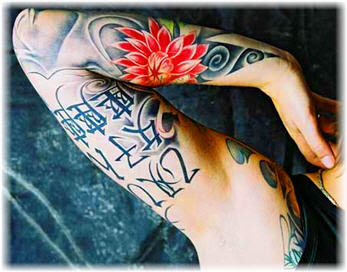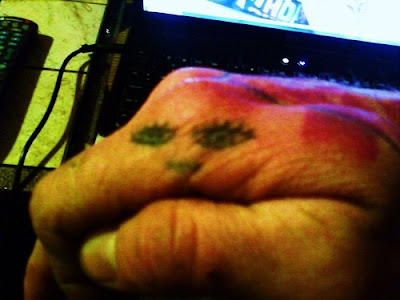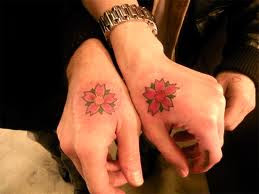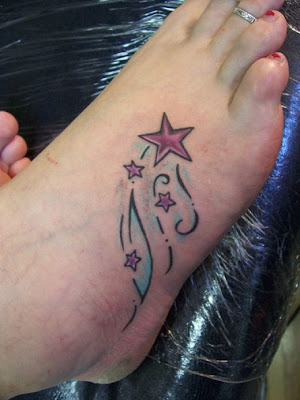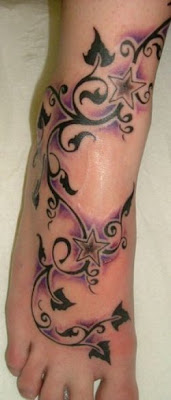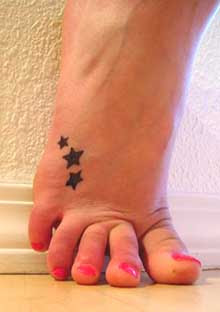Hi Everyone,
I hope the holidays have been treating you well! I, personally, am quite happy to be home in California and not in the blizzard currently happening in Massachusetts.
I wanted to share something that comes from the academic side of my life, this spring I'm the teaching fellow for the Harvard University Native American Program's course called "Nation Building II". The course is for graduate students across the university to perform independent projects with tribes, communities, and Native organizations. I took the course last year and worked on a great project with Haskell in Kansas, helping to work on some monitoring and evaluation plans for their summer youth program. It was fun, rewarding, and (I hope) helpful for Haskell!
So, if you work with a tribe, community, or Native organization and have a project that would benefit from some collaboration with Harvard graduate students, please read the call for proposals below.
Some sample projects from years past can be found here (scroll down a bit): http://www.hunap.harvard.edu/academics/teaching
Feel free to comment if you have any questions, or email me at the blog address (nativeappropriations@gmail.com) and I'll get back to you ASAP!
______________
Call for Project Proposals from Native Communities and Leaders
NATION BUILDING II PROJECTS
Harvard University Native American Program (HUNAP)
HUNAP and Nation Building II:
HUNAP is one of Harvard's 17 Interfaculty Initiatives of the Office of the President and Provost. Consistent with the Harvard University charter of 1650 calling for the "education of English and Indian youth," HUNAP has developed partnerships with established faculties at Harvard to build viable programs of research, teaching, and outreach on issues affecting the lives of indigenous peoples. As part of this mission HUNAP funds the Nation Building II graduate course offered through the Kennedy School of Government and the Graduate School of Education.
A Nation Building II Project is a field based research project requested by a client that focuses on some of the major issues Native American tribes and nations face. These projects are based on the “sovereign” choice of a community to partner with a university to study native issues, including sovereignty, economic development, constitutional reform, leadership, health and social welfare, land and water rights, culture and language, religious freedom and education.
The project is completed by graduate and undergraduate students enrolled in Native Americans in the 21st Century: Nation Building II. The Projects are conducted under the guidance of faculty members with relevant expertise. Students participate in a weekly colloquium where they present their work-in-progress to fellow students and faculty. The lead faculty member for Nation Building II is Prof. Dennis Norman, Harvard Medical School and faculty chair of HUNAP.
Students are not writing term papers for a scholarly audience. Rather, they are charged with doing research that is likely to assist their client. From the students’ perspective, the learning comes from figuring out the links between what they have studied and the real challenges that Native decision makers and organizations face. From the clients’ perspectives, Nation Building II Projects provide a source of assistance in the form of talented and committed students with the capacities to look into problems and issues that the press of daily events prevents the client from digging into.
The HUNAP Nation Building II Projects deal specifically with the issues facing Native nations or organizations working in Native affairs. Students participate in a weekly colloquium where they present their work-in-progress to fellow students and faculty. The lead faculty member for Nation Building II is Prof. Dennis Norman, Harvard Medical School and faculty chair of HUNAP.
Students are not paid for their work, but instead produce their Nation Building II projects in fulfillment of course requirements. Students typically work in teams of two, and HUNAP supports short-term field visits of the students on an as-needed basis. Over the last seven years, more than 80 Nation Building II Projects have been performed on behalf of tribes and tribal organizations. Examples of Projects include:
- Creating a Nation Building Museum: Considerations for the redesign and reorganization of the Hall of the North American Indian: Peabody Museum of Archeology and Ethnology.
- Options for a Constitution: Heiltsuk First Nation
- Strengthening Families for the Future: Exploring Historical Trauma at Mashantucket Pequot
- Tribal Regulation of Genetic Research: One Sky Center, Portland, Oregon
First Step to Request a Project
Email Dennis Norman at dennis_norman@harvard.edu with contact information so we can arrange a phone conversation to clarify and help come up a project that can meet your needs and is practical to accomplish in a one semester course. Deadline for initial contact mid January 2010, project descriptions must be ready for the 1st day of class Jan 26th.
After Phone Consultation, How do I submit a proposal?
Email your proposal to dennis_norman@harvard.edu. In the body of the message, give brief answers to the listed questions, numbering each answer to correspond with the question.
1) Your name and title ; 2) Your organization; 3) Mailing address; 4) E-mail address; 5) Phone number; 6) Fax number; 7) Proposed title for this project; 8) A one-page description of the problem or concern you would like our students to work on; and 9) A brief explanation of how you expect to use the final product.
Deadline for written proposal 1/25/09
If email is not accessible, fax or send a typewritten proposal to:
Prof. Dennis Norman
Harvard University Native American Program
14 Story Street, Suite 400
Cambridge, MA 02138
Fax: (617) 496-3900
Telephone 617-726-3285
Are all submitted proposals assigned to a team of students?
The number of Nation Building II Project proposals received by HUNAP typically exceeds the number of students available to undertake projects. For this reason, we cannot guarantee that all Nation Building II Project proposals will be selected, though HUNAP makes every attempt to match students' interests with prospective clients' requests. All clients will be contacted if either their proposal was selected or not and will be considered for the next years class if acceptable to the client.
Where can I find additional information?
If you have questions, do not hesitate to contact Prof. Norman by email at dennis_norman@harvard.edu, or by telephone at (617) 726-3285.





